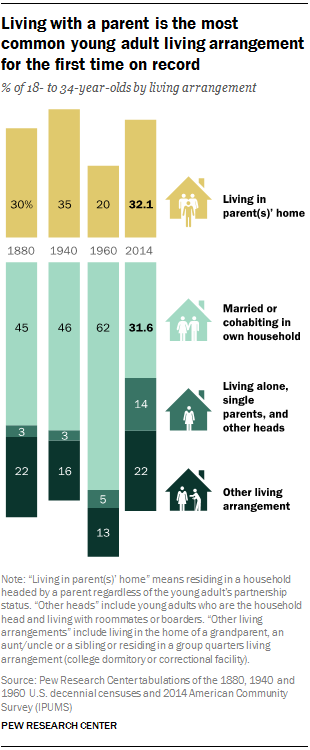

"This book was a life saver when one of my children moved back in, after being gone for 13 yrs. It gave me great and workable ideas, which I implimented and they worked. Once in place my angry was diffused and we had a great working relationship. This child stayed with us for 1 year and 10 months and just recently move out. All on good terms. :) Highly recomment!!!!!!!!! "
~ Tina R. Dundore

"She offered clear and honest ideas for both parties to work on to make the stay as successful as possible. Christina Newberry hit on many important key points of having adult children living at home, such as the financial impact it has on parents nearing or at retirement, parents offering a comfortable environment with amenities so young adults are reluctant to leave, etc. It was very unbiased, so if parents are divided on how they feel, it has quite a fair outlook on the situation."
~ Skinny Mo
"Bought your book online yesterday. Finished it today. Have reason for renewed hope on several fronts. Thank you. I think your message and your book are on the spot."
~L.G.
"I found all of the information very helpful and may have just saved my relationship with my husband. I have set up a list of house rules that we all discussed and amended as we each saw fit and a weekly chore sheet.
I have to say it is incredibly harmonious in our household since introducing the changes - long may it continue... Thank you once again."
~ Alison
"Thanks for your sage advice on the show... You were terrific."
~ Pattie Lovett-Reid, Host of the Pattie Lovett-Reid Show
"Very well thought out material that made it easy to create a starting point for conversation and problem solving."
~ Lori V.
"I can't tell you how much we are appreciating your well though- out easy to use guidelines and contract agreement.
"Keep up your great work. You are a godsend."
~ Theresa Beauchamp
"I'm a psychologist
specializing in work with young adults and their families.
I will definitely be referring people to your site, and
will encourage them to get the book."
~ Dr. Ruth Kalb, Ph.D. www.drruthkalb.com
"I sure like some of these rules!"
~ John Tory, NewsTalk 1010 (Toronto, Canada)
"I found your information invaluable helping to put some boundaries and rules in place for when my adult child and his family move in.
Some times when it is family it is very hard to step back and take an objective perspective of a family crisis like your child having problems and needing your help with out it making your relationship worse.
After reading both your report and the book I feel equiped to make things alittle easier for both of us."
- Carol
"Just read a bit about your book--very timely and supportive to lots of moms enduring this transition. I'm Referring it!"
Amy Hilbrich Davis, InspiringMoms.com






